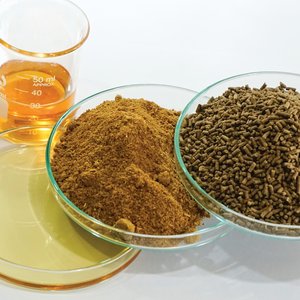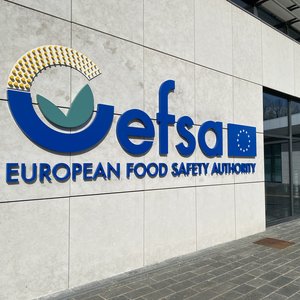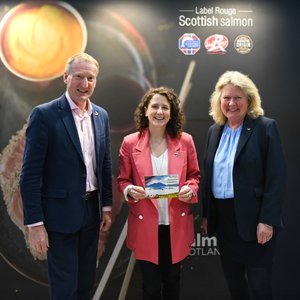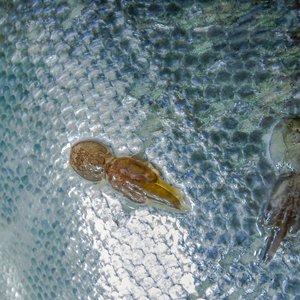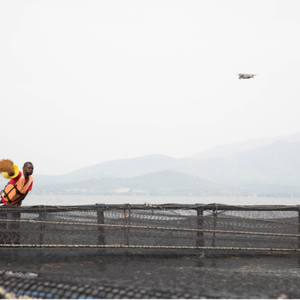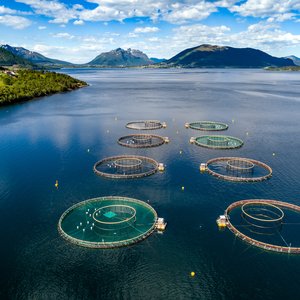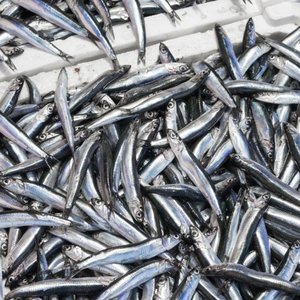New Sustainability League Table of Fisheries used for Fishmeal and Fish Oil
The NGO, Sustainable Fisheries Partnership (SFP), has published a sustainability league table of the principal fisheries used for the production of fishmeal and fish oil.
The 22 fisheries have been assessed using the FishSource methodology devised by SFP which allows basic comparisons to be made against existing fishery sustainability indicators. The table is shown below (Table 1), and contained in a new briefing from SFP – ‘FishSource, Reduction Fisheries and Aquaculture’ – which can be obtained from the SFP website.
The briefing also gives a short description of how the FishSource methodology calculates scores, and a full explanation of the methodology is available on the Fishsource website.
Some of the main findings include:
- None of the principal reduction fisheries use ecosystem-based management (EBM) ap-proaches explicitly in setting management targets for the biomass of target stocks.
- 9% of the fish from the world’s main reduction fisheries are from fisheries that meet single-species current good practices, meaning the target stocks are healthy and well-managed.
- 14% of the fish from the world’s main reduction fisheries are from fisheries that have bio-mass above single-species target levels, meaning the target stocks are healthy.
- 67% of fish from the world’s main reduction fisheries are from fisheries that score above minimum acceptable levels commonly used in single-species fisheries management.
Reporting the table in the New Scientist Nic Fleming writes:
"... Farmed fish are fed oils and meal made from other fish: close to a third of the catch from the world's fisheries is used for non-food products, with the majority being converted into fishmeal and fish oil. This has led to some drastic declines in wild fish populations, and salmon and shrimp farms have faced growing criticism in recent years over the impact fish feed has on local ecosystems.
".... In addition, the table does not assess other types of impact that aquaculture can have on the environment. For example, some wild salmon populations have crashed near farms because of the spread of parasites such as sea lice, contamination caused by the use of drugs such as antibiotics, and escaped farmed fish outcompeting wild populations.
" .... Jennifer Jacquet of the University of British Columbia Fisheries Centre in Vancouver, Canada, says that the report, though commendable, does not get to the heart of the issue. "It takes around 6 tonnes of wild fish to reduce to 1 tonne of fishmeal, and then anything from 1.5 to 3 tonnes of meal to produce 1 tonne of farmed salmon," she says. "Producing fishmeal and fish oil for fish farming is in itself a waste of tasty fish that could be eaten directly."
You are invited to "Have your say" and if you'd like to, here is the address: http://www.newscientist.com/article/dn18702-rankings-cut-guesswork-in-sustainable-fish-farming.html


